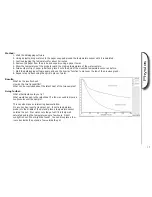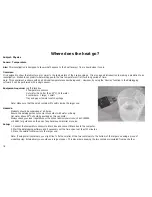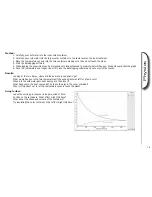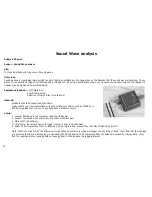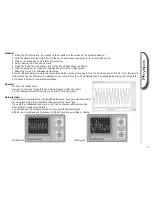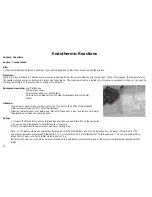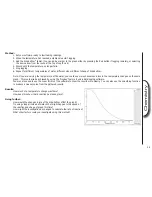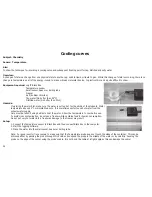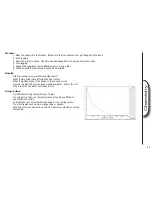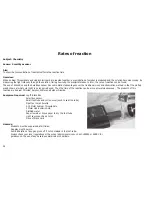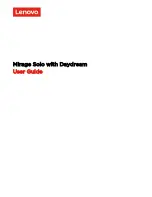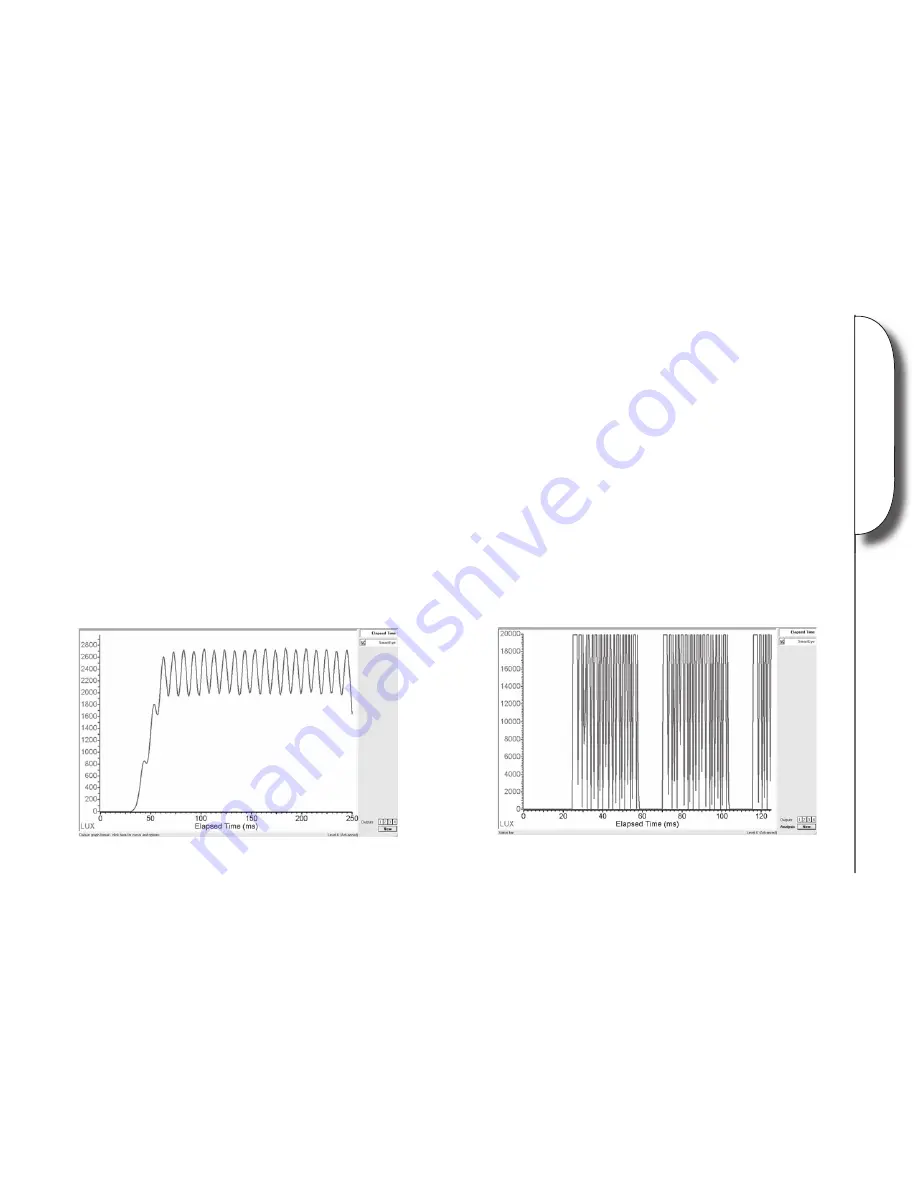
11
Method:
1. Place either the fi nger or hold a piece of black card over the end of the SmartEye sensor.
2. Place the sensor about 30cm from the fl uorescent lamp.
3. Uncover the end of the sensor allowing the light to enter the sensor.
Note: This method should produce some very repeatable results but needs a little practise in where exactly to aim the sensor.
Make sure that the sensor is pointing directly at the edge of the lamp so as not to reduce the amount of light entering the sensor. This
shouldn’t however affect the frequency however.
Results:
Are the results surprising? Why can the human eye not see this effect?
Can the frequency of the lamp be calculated from the results? What is surprising about this result?
What factors do you think may have contributed to any incorrect results?
What would you do to improve the accuracy of the experiment?
Going further:
A television infrared remote control can give interesting results. Use the same method but instead of holding a fi nger or card over the
sensor, simply aim the remote directly at the end of the sensor (about 1 cm away) and press one of the remote control’s buttons.
From the results, you can show how different controls produce different shaped signals in order to operate the different functions of
the remote. This can be achieved by using the ‘Overlay’ function to compare the signals directly.
Try using the ‘scope’ mode in LogIT Lab changing the ‘Time/Div’ and ‘Volts/Div’ to obtain a larger trace.
Fluorescent Lamp.
Television remote control.
Physics



















